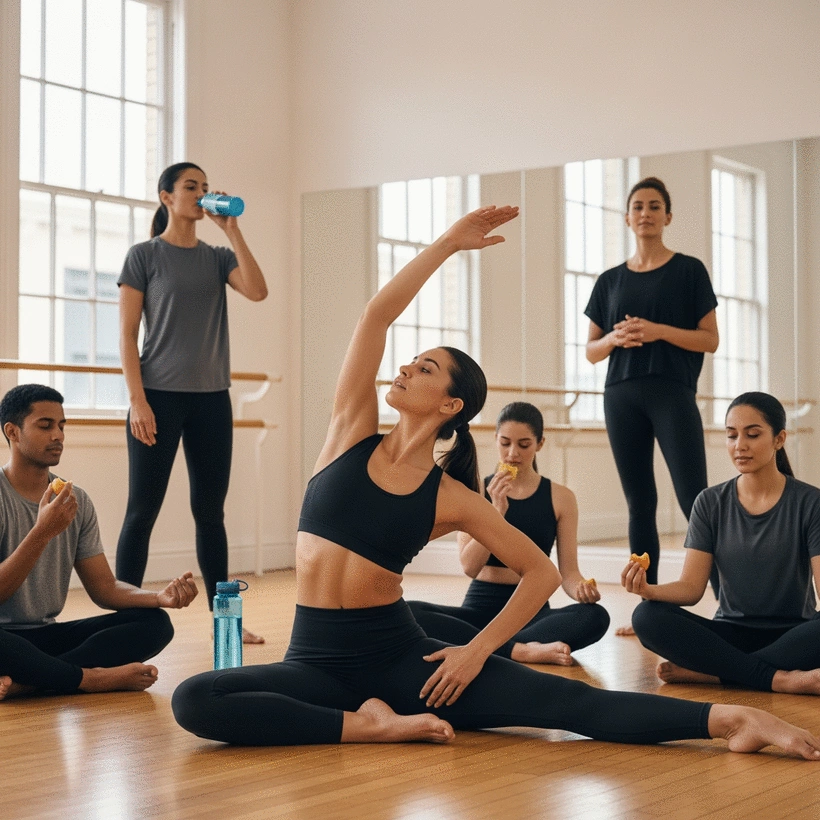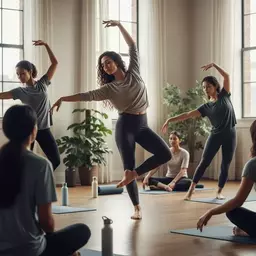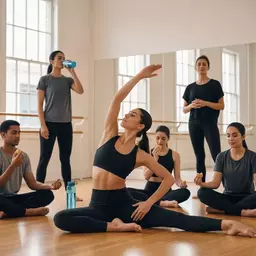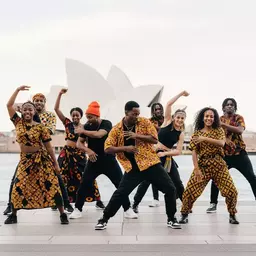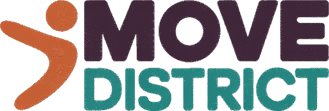Crafting Dance with Emotional Depth
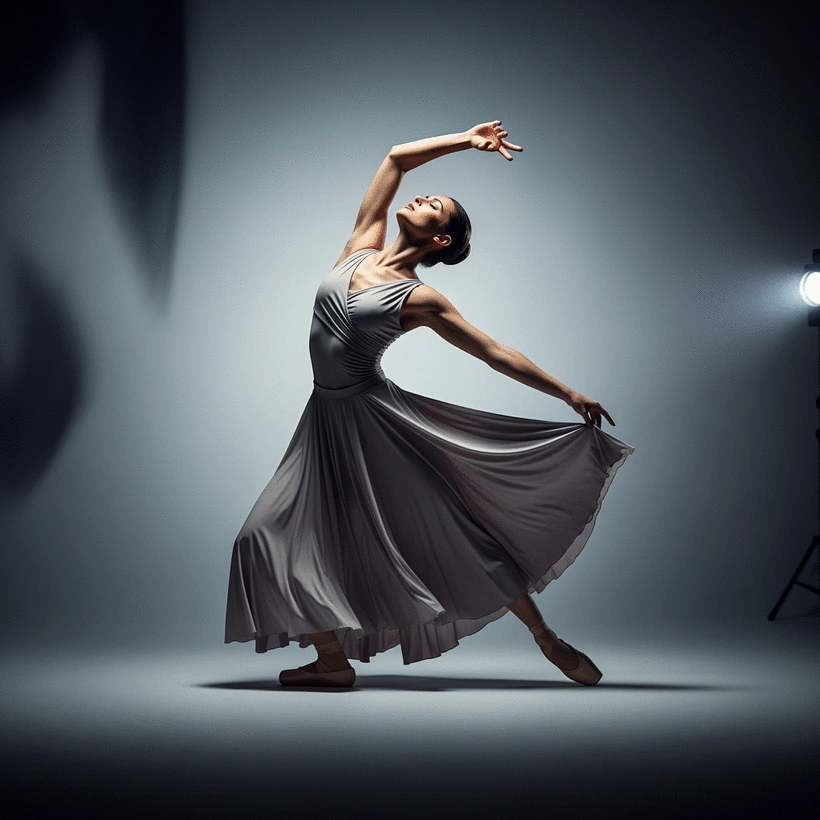
As you delve into the world of dance, consider how each movement can tell a story. What if your choreography could resonate so deeply that it transforms the audience's experience? This article unveils the magic of crafting a compelling narrative in dance, highlighting the essential elements that breathe life into movement.
What You Will Learn
- The significance of emotional resonance in dance and how it enhances audience connection.
- Key storytelling components, including character development, conflict, and imagery, that elevate choreography.
- How to explore thematic elements like love, cultural narratives, and personal journeys to enrich your dance narrative.
- Techniques for engaging audiences through clear themes, accessible emotions, and consistent motifs in your movements.
- The importance of gathering feedback to refine narrative clarity and improve audience engagement.
- Understanding audience perception and its impact on how your narrative is interpreted during performances.
Understanding Dance Choreography Approaches
There are two primary approaches to choreographing a dance piece, each offering unique strengths and creative pathways:
Narrative-First Approach
Starts with a specific story, plot, or character arc. Movements are crafted to directly illustrate the unfolding events and emotional journey.
Concept-First Approach
Begins with an abstract idea, theme, or emotion. Movements are developed to explore and express this central concept, often metaphorically.
Crafting a Dance Storyline: The Importance of Narrative in Choreography
At Move District, we believe that every dance piece tells a unique story, and understanding how to weave a narrative into choreography is essential for emotional connection. When we move, we don’t just execute steps; we communicate feelings, ideas, and experiences. By crafting a compelling dance storyline, we engage our audiences on a deeper level, sparking their imagination and inviting them to feel.
Have you ever watched a performance that left you breathless? That magic often comes from the emotional resonance of the narrative. It’s not just about the movement; it’s about how those movements connect to the story being told.
Understanding Emotional Resonance in Dance
Emotional resonance in dance is what transforms choreography from a series of movements into a heartfelt expression of human experience. It’s about infusing your choreography with feelings that resonate with both the dancer and the audience. To achieve this, consider these elements:
- Character experiences: What emotions do the characters feel? How do these translate into movement?
- Expressions & gestures: Use specific movements to convey feelings such as joy, sorrow, or conflict.
- Physicality: The way a dancer moves can evoke strong emotional responses; think about how tension or release can enhance storytelling.
By focusing on these elements, you can create a choreography that not only captivates but also resonates with the audience's emotions. Ask yourself: what story do you want to tell through your dance?
Defining the Role of Storytelling in Movement
Storytelling in movement acts as a bridge between the dance and the audience. It allows us to explore themes and emotions in ways that words cannot. When choreographers like myself at Move District approach storytelling, we consider:
- Character development: Establish who your dancers are within the story.
- Conflict and resolution: What challenges do your characters face, and how do they overcome them?
- Imagery: Use visual elements in choreography to paint a vivid picture for the audience. For a deeper dive into how imagery and storytelling intersect in dance, you might find this study on the relationship between storytelling and dance insightful.
Incorporating these storytelling components into your choreography not only enhances the narrative but also enriches the audience’s experience, making it memorable and impactful.
Exploring Thematic Elements in Dance Narratives
Thematic elements are the backbone of any dance narrative, providing context and depth. When creating a dance piece, think about the themes you want to explore. These could include:
- Love and loss: How do these universal themes influence your movements?
- Cultural stories: What cultural narratives can you draw from? For example, understanding how cultural narratives shape performance can greatly enrich your choreography.
- Personal journeys: How can your own experiences inform your dance?
By clearly defining these themes, you can create a cohesive narrative that guides your choreography. Remember, each dancer brings their own unique interpretation, which can add layers to the story being told.
Choosing Your Approach: Narrative-First vs. Concept-First
When embarking on a new choreography project, one of the critical decisions is whether to take a narrative-first approach or a concept-first approach. Each has its strengths and can yield beautifully unique results.
Engage with Your Story
As you think about your dance narrative, consider this: What specific emotions do you want your audience to carry with them after the performance? Reflecting on this question can help sharpen your storytelling focus and elevate your choreography. Share your thoughts below—how do you hope to connect with your audience through your dance? Your insights could inspire others in the community!
Engaging Your Audience: Ensuring Connection with the Story
As dancers, we strive to create not just performances, but experiences that resonate with our audience. Crafting a compelling dance narrative is key to establishing that connection. Think about it: what stories do you want to tell through your movements? Here are some strategies that can help make your dance story understandable and relatable:
- Clear Themes: Ensure that your core message shines through every movement.
- Accessible Emotions: Tap into universal feelings that your audience can relate to.
- Consistent Motifs: Use recurring movements or symbols that reinforce the narrative.
- Visual Storytelling: Leverage visual elements, like costumes and props, to enhance the narrative's clarity.
These elements work together to create a cohesive story that not only captivates but also invites empathy from the audience. As I choreograph, I constantly ask myself how each choice supports the overall message. What emotional threads am I weaving into this performance?
Gathering Feedback to Improve Narrative Clarity
Feedback is an invaluable tool in the choreographic process. It allows us to see our work through fresh eyes and understand how our story is received. Here are some effective ways to gather constructive feedback:
- Peer Reviews: Engage fellow dancers and instructors in sharing their insights after rehearsals.
- Focus Groups: Invite non-dancers to watch your piece and provide their thoughts on clarity and emotional impact.
- Video Reviews: Record performances and watch them critically to identify areas for improvement.
- Audience Surveys: After performances, use short surveys to gather audience impressions and feelings.
Utilizing these methods helps refine your narrative and enhances the audience's experience. Remember, every piece you create is a step in your unique journey—let that feedback be the compass guiding you along the way!
Understanding Audience Perception in Dance Performances
Connecting with your audience isn’t just about telling a story; it’s about understanding how they perceive it. The audience’s interpretation can vary significantly, so it’s essential to consider the following:
- Context Matters: Cultural and social backgrounds can influence how viewers interpret your movements.
- Emotional Reactions: Be aware of how different sections of your dance may evoke various feelings. Delving into studies like this one on the emotional experiences of dance audiences can provide valuable insights.
- Engagement Techniques: Use eye contact, gestures, and facial expressions to invite the audience into your narrative.
By being mindful of these factors, you can better tailor your dance to create a deeper emotional connection. Your goal is to transform the audience from passive viewers into active participants in the story you are telling! What will you do today to engage them?
Frequently Asked Questions About Dance Narratives
- What is emotional resonance in dance? Emotional resonance in dance is the ability of a performance to evoke strong feelings and connections with both the dancer and the audience, transforming movements into a heartfelt expression of human experience.
- What are the two main approaches to dance choreography? The two main approaches are "Narrative-First," which starts with a specific story or character arc, and "Concept-First," which begins with an abstract idea or emotion.
- How can choreographers effectively tell a story through movement? Choreographers can tell a story through movement by focusing on character development, creating conflict and resolution, and using imagery to paint vivid pictures for the audience.
- What thematic elements can enrich a dance narrative? Thematic elements such as love and loss, cultural stories, and personal journeys can provide context and depth to a dance narrative, making it more engaging.
- How can I ensure my dance narrative is clear and engaging for the audience? To ensure clarity and engagement, use clear themes, accessible emotions, consistent motifs, and visual storytelling elements. Additionally, gathering feedback is crucial for refining the narrative.
- Why is audience feedback important in choreography? Audience feedback is invaluable because it provides fresh perspectives on how the story is received, helping choreographers refine narrative clarity and enhance the overall audience experience.
Recap of Key Points
Here is a quick recap of the important points discussed in the article:
- Emotional Resonance: Infuse choreography with feelings that resonate with both the dancer and the audience.
- Storytelling Elements: Focus on character development, conflict, and imagery to enhance the narrative.
- Thematic Exploration: Clearly define themes like love, cultural stories, and personal journeys to guide your choreography.
- Engaging the Audience: Use clear themes, accessible emotions, and consistent motifs to create a relatable dance story.
- Feedback Utilization: Gather constructive feedback through peer reviews, focus groups, and audience surveys to refine your narrative.
- Understanding Audience Perception: Consider cultural contexts and emotional reactions to tailor your dance for deeper connections.



